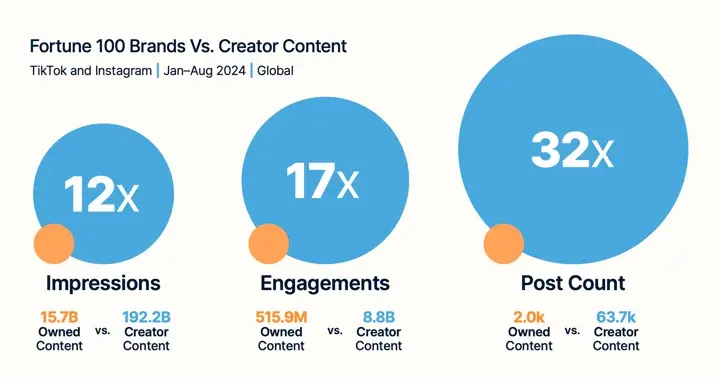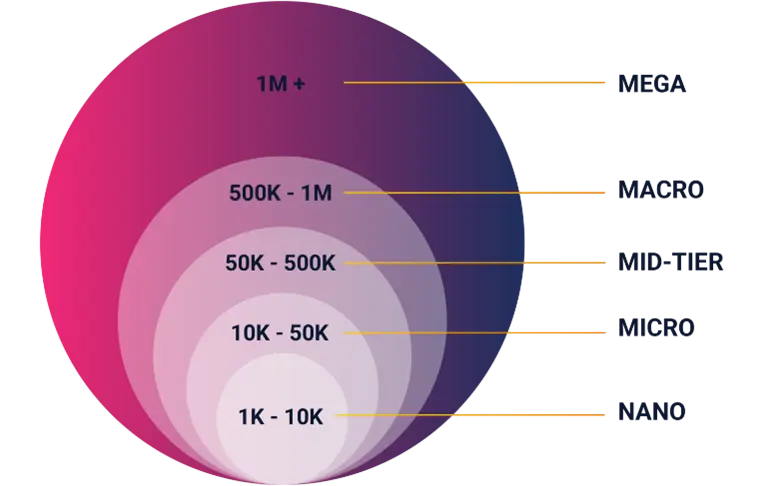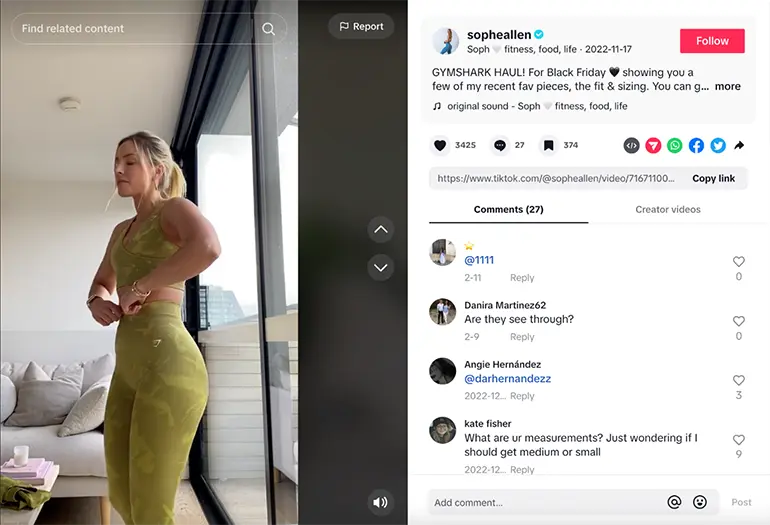In 1767, Queen Charlotte, wife of Britain’s George III, gave Josiah Wedgewood permission to call his new design “Queen’s Ware” as it was based off a set he had created specifically for her. The prestige of this meant that the set became hugely popular across Europe, and thus was influencer marketing born.
These days members of the royal family don’t tend to be influencers, but “influencer marketing” as an industry is worth nearly £1 billion in the UK alone.
What is influencer marketing?
In short, influencer marketing is where companies pay individuals who have a large social media presence to endorse their products. It’s similar to using testimonials, but with the reach extending beyond the brand’s own followers.
Does it work?
YES.
CreatorIQ looked at the Instagram and TikTok presence of the 100 biggest brands in America, comparing the impact of their own content to that of content posted about them by creators.

Creator content is streets ahead on all 3 metrics; Impressions, Engagement and Volume of Posts. It’s worth noting that 32x more posts only earn 17x more engagement, so there are clearly cases where influencer posts aren’t hitting the mark. But I’ll send you a £20 note if you can name any marketing channel with a 100% success rate!
Are all influencers the same?
At the beginning, influencer marketing was all about the big names; Kardashians, Beckhams and the like. It’s now evolved into tiers; the mega-star names are still around, but there is a whole ecosystem of different-sized influencers out there.

If you’re a brand that wants to reach everybody, like Amazon.com or Lidl, then working with the big players makes sense. However, if you’re in niche market, then partnering with a nano-influencer to reach the right 2000 people will deliver much higher ROI than reaching 600k people who aren’t your target market.
How much does it cost?
It depends on a few factors:
Influencer Following
Expect to pay more for influencers with larger audiences. Although micro-influencers who dominate their niche may be more expensive than a someone with a bigger following in a more competitive market.
Platform/Content
A #sponsored image post on Instagram doesn’t take long to deliver. A 20-minute product review on YouTube could easily take more than an hour to produce properly. Consider how much time you’re asking for from your influencer.
Structure
The most used pricing structures are Pay-per-Post and Performance-Based. Pay-per-Post does exactly what it says on the tin, whether you get a viral moment or a complete flop, the cost is locked in.
Performance-Based pricing will be familiar to you if you work with Paid Ads; you’ll agree a KPI, such as Impressions or Engagements, and pay for each one.
Exclusivity:
If you’re Adidas, you probably don’t want to see your influencer partner working with Puma during your ad campaign!
Exclusivity can cover specific brands or an entire sector. Expect to pay more for exclusivity, as you’re demanding that an influencer turn away other work.
Conclusion
Influencer marketing has fully earned its place among marketing channels. If you’re seeing success with your social media (managed through Spotler Engage, naturally) but looking to hit a new level or engage a new audience, then it could be just what you’re looking for.
Looking for more on how influencer marketing can be effective? Watch our webinar with Avneet Kalsi, where she explores how Dutch Barn Vodka got on when they used Ricky Gervais as the face of their social efforts.



